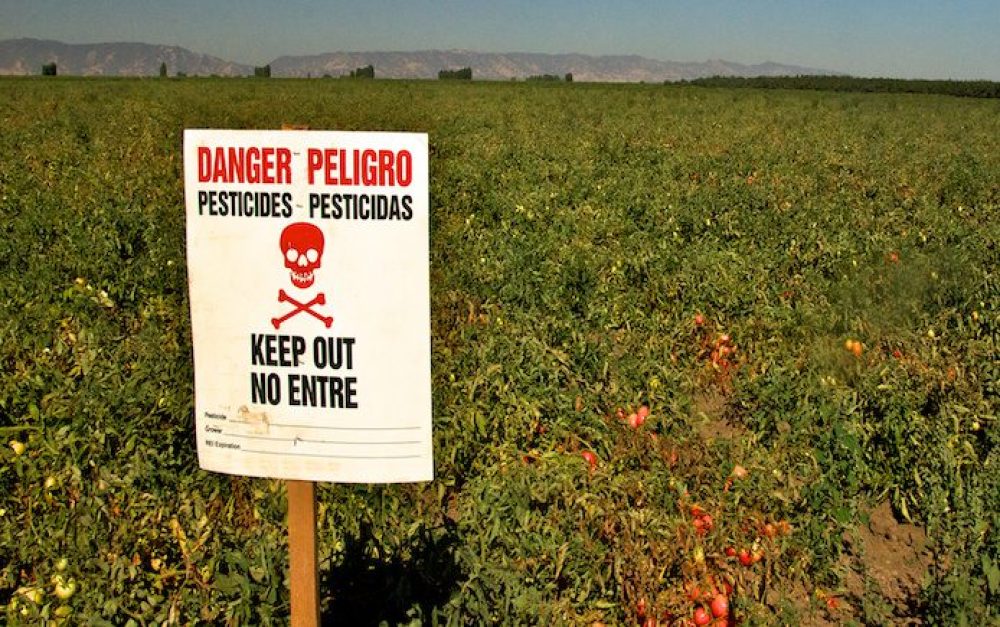Our California work saw a major victory this week – a Sacramento County superior court judge has ruled an aggressive state pesticide spraying program unlawful.
Our California work saw a major victory this week – a Sacramento County superior court judge has ruled an aggressive state pesticide spraying program unlawful.
The California Department of Food and Agriculture (CDFA) authorized the Statewide Plant Pest Prevention and Management Program in 2014, which endorsed the application of pesticides on public lands and some private property to “prevent the introduction and spread of injurious insect or animal pests, plant diseases, and noxious weeds,” as threats to California agriculture.
PAN joined 10 other public health, conservation and food-safety organizations, as well as the City of Berkeley, to sue the state over this program. The court ruling found CDFA “significantly” understated the amount of pesticide it uses. CDFA also failed to provide protections for waterways, bees, and other pollinators — and the agency didn’t properly inform the public about the risks of spraying.
Downplaying the risks
We know there are alternative methods of pest control like ecologically-based integrated pest management — frequent and broadly use of pesticides is not the answer. But alternatives aside, the first step to any statewide program like this should be an environmental impact report (EIR), as the state has an obligation “to alert the public about environmental decisions.”
CDFA did issue a programmatic environmental impact report (PEIR) back in 2014 when the program was authorized, but this week’s ruling rejected the report, finding it inadequate. For a broadly applied pesticide spraying program in a state with such varying geographies and ecosystems, site-specific EIRs are required, rather than the single report CDFA put forward. On top of that, the department’s own report acknowledged that only about one-third of pesticides used each year in California are reported to the state, and some of the report’s conclusions lacked evidence.
For example, the PEIR claimed that the pesticide spraying program would prevent further harm to waterways that had already been polluted, but included no evidence supporting this assertion. The department also acknowledged that pesticides can harm bees, but didn’t back up claims that its management practices would minimize harm to bees and other pollinators.
(In)actions have consequences
This case made it to the superior court following a 2021 appellate court ruling that highlighted many instances of CDFA evading its duty. The department was required to study and disclose environmental and health threats of more than 75 pesticides it proposed using indefinitely across California, but it didn’t conduct any of the required analysis of the impacts in specific locations.
The judge ordered CDFA to suspend all spraying under the Statewide Plant Pest Prevention and Management Program within two months except for projects that had been separately authorized and won court approval for their environmental impact reports. The state agency has 60 days to comply with this order.
This spraying program and the lawsuit have cost CDFA at least $5 million, which is extremely frustrating when that money could have been better spent prioritizing no-spray alternatives. Center for Food Safety’s (one of our co-plaintiffs in the case) West Coast Director Rebecca Spector provided this summary:
“The state must prioritize providing more resources to help farmers transition to practices that reduce the need for pesticides and instead promote ecologically-based farming practices that protect people and the Earth.”
We concur.







